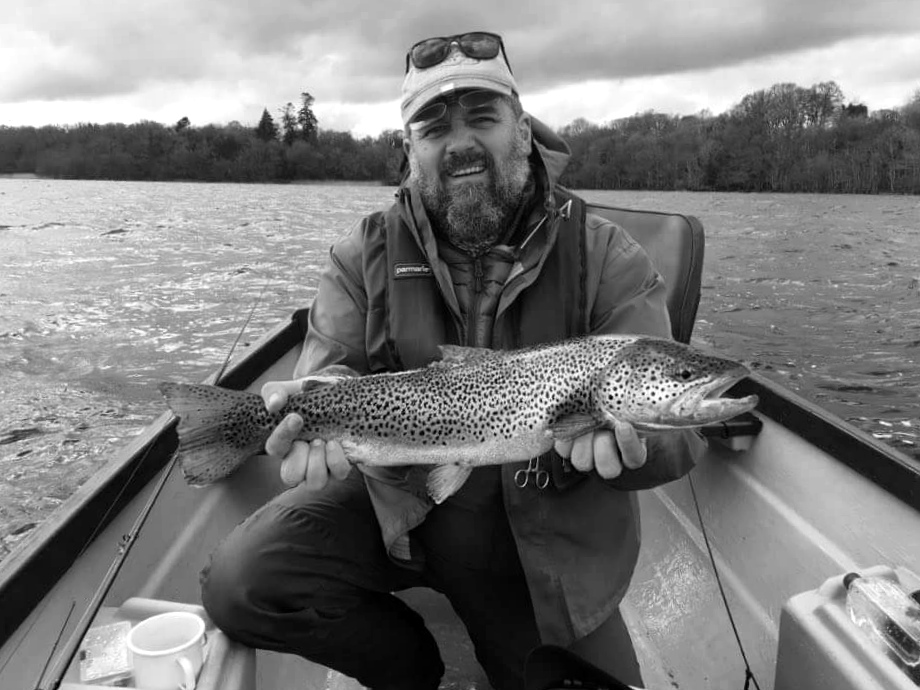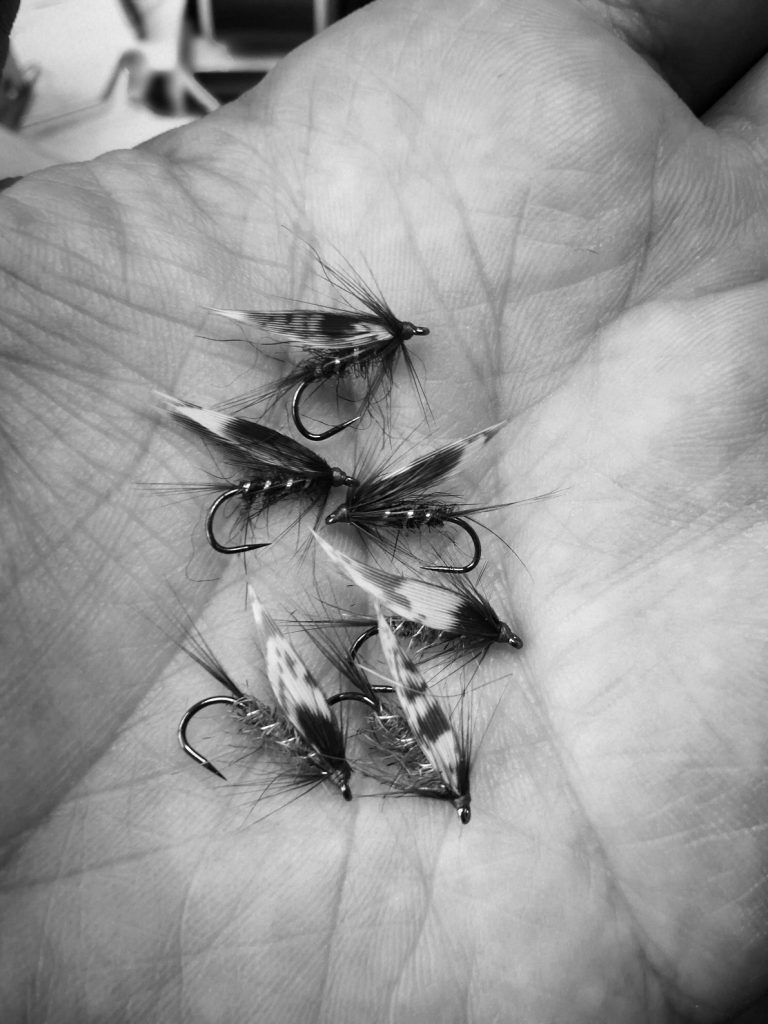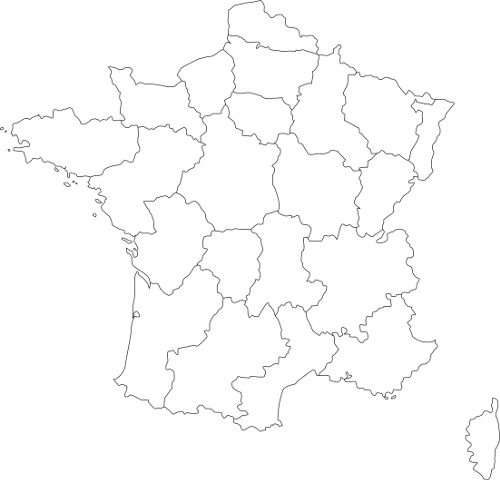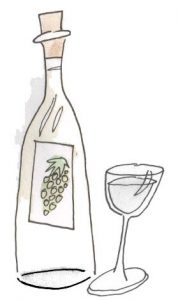classical quirky vino

La Lune
100% chenin blanc from different parcels across the Sansonnière farm, totalling 3 hecatares. La Lune is about half of the Angeli’s production and is made each year in as dry a style as possible, so in warmer years it will be slightly off-dry. Fermented spontaneously in old 400hl barrels and raised there for 12 months. Only a minimal amount of sulphur is used, and in the last decade or so, Mark has converted to volcanic sulphur, which he prefers as it isn’t a petrochemical byproduct. He believes also that it allows him to use even less than conventional sulphur, while still achieving a stable wine.
quick facts
APPELLATION: Vin de France
VINTAGE: 2018
STYLE: white
GRAPE: chenin blanc
FARMING: biodynamic
FERMENTATION: oak
MATURATION: oak
FILTRATION: filtered
ALCOHOL: 13%
CASE SIZE: 12

Les Vielles Vignes des Blanderies
From a small parcel of old-vine chenin blanc, Les Blanderies is fermented naturally and aged for two years in large neutral barrels. The extended élévage allows particles to settle out by gravity, so it is bottled unfiltered. A real vin de garde, it is less open in its youth than La Lune, often needing 3-5 years in bottle to express itself fully.
quick facts
APPELLATION: Vin de France
VINTAGE: 2017
STYLE: white
GRAPE: chenin blanc
FARMING: biodynamic
FERMENTATION: oak
MATURATION: oak
FILTRATION: unfiltered
ALCOHOL: 14%
CASE SIZE: 12

Rosé d'un Jour
A juicy, moreish blend of grolleau gris and cabernet franc made in a demi-sec style. Initially this cuvée was a bit of an accident, but it was so well-received that Mark has kept making it year after year. Bottled just two weeks after harvest, it’s a youthful, farmhouse style that would have been made in the area before the Second World War and the subsequent use of agrochemicals, and chaptalisation changed wine production entirely.
quick facts
APPELLATION: Vin de France
VINTAGE: 2019
STYLE: rosé
GRAPES: grolleau, cabernet franc
FARMING: biodynamic
FERMENTATION: oak
MATURATION: oak
FILTRATION: filtered
ALCOHOL: 11%
CASE SIZE: 12
Ferme de la Sansonnière
Walking through Mark Angeli’s vineyards, you would be forgiven for thinking you were in the Languedoc or Southern Rhône rather than the heart of the Loire Valley. His vines, some as old as 80 years, are pruned in gobelet, or bush-trained, a system used more often in warm, sunny climates to encourage air movement through the canopy. This is the first hint that things are done differently at Ferme de la Sansonnière.
A transplant to the Loire Valley in the 1990s, Mark purchased vineyards in Anjou, Coteaux du Layon and Bonnezeaux. However, he rejected the production of a sweet style of chenin blanc as the late harvests mean either gambling on the weather or manipulating the wines with lots of sugar, and he would rather do neither. His holistic farming style has resulted in strong vines that produce perfectly-ripened, healthy grapes which he ferments to as dry a style as possible. The wines have ripeness, texture and balance and many of the flavours of a sweet wine, but as they lack sugar they cannot be labelled as Côteaux du Layon. For many years they were released under the Anjou appellation, but more recently Mark, now joined by his son Martial, have released their entire range as Vin de France.






